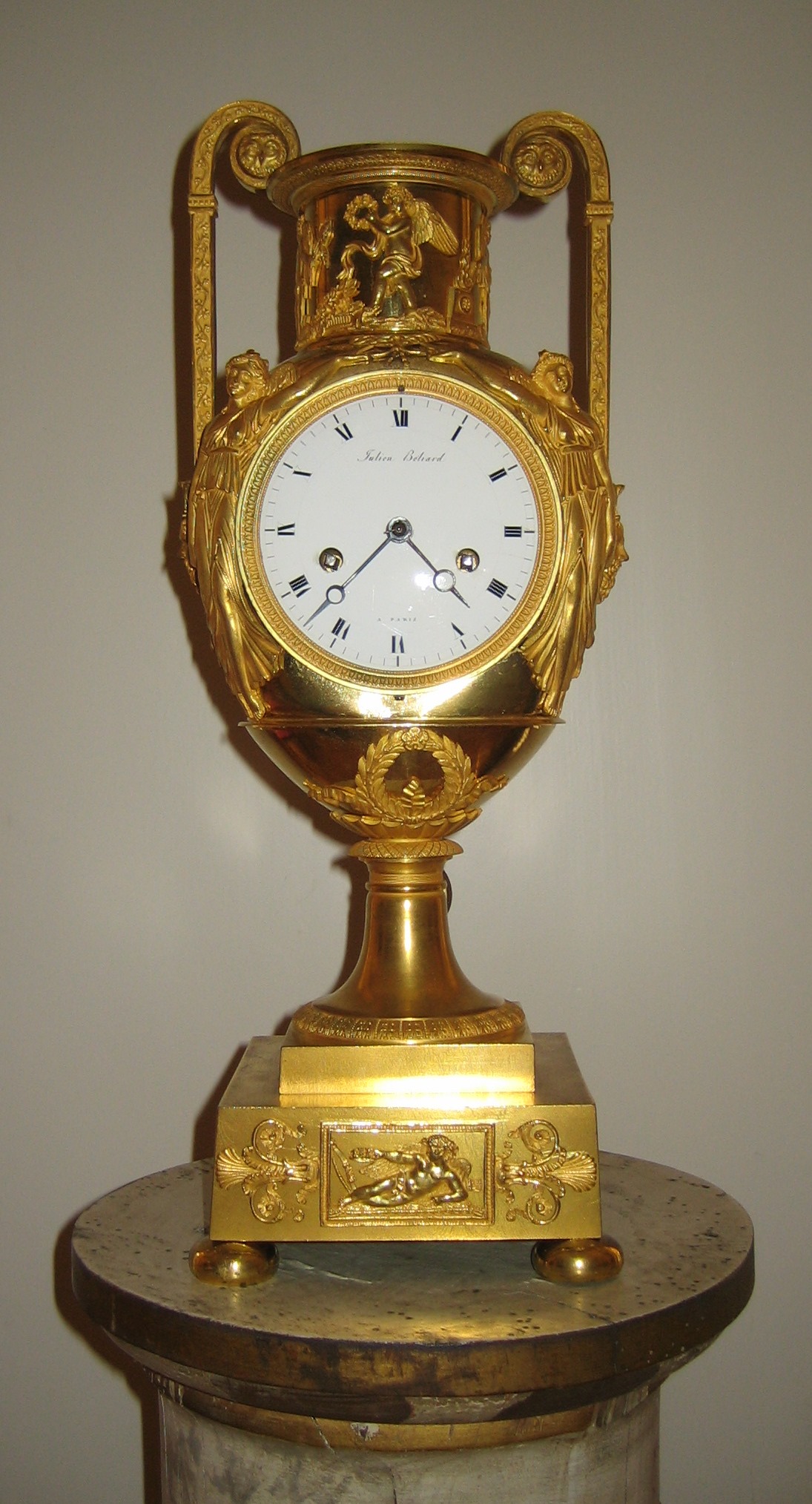Mercury Gilding on:
[Wikipedia]
[Google]
[Amazon]
 Mercury silvering or fire gilding is a
Mercury silvering or fire gilding is a
 Mercury silvering or fire gilding is a
Mercury silvering or fire gilding is a silvering
Silvering is the chemical process of coating a non-conductive substrate such as glass with a reflective substance, to produce a mirror. While the metal is often silver, the term is used for the application of any reflective metal.
Process
Mos ...
technique for applying a thin layer of precious metal such as silver
Silver is a chemical element with the symbol Ag (from the Latin ', derived from the Proto-Indo-European ''h₂erǵ'': "shiny" or "white") and atomic number 47. A soft, white, lustrous transition metal, it exhibits the highest electrical ...
or gold
Gold is a chemical element with the symbol Au (from la, aurum) and atomic number 79. This makes it one of the higher atomic number elements that occur naturally. It is a bright, slightly orange-yellow, dense, soft, malleable, and ductile me ...
(mercury gilding) to a base metal object. The process was invented during the Middle Ages and is documented in Vannoccio Biringuccio's 1540 book ''De la pirotechnia''. An amalgam of mercury and the precious metal is prepared and applied to the object which is then heated, sometimes in oil
An oil is any nonpolar chemical substance that is composed primarily of hydrocarbons and is hydrophobic (does not mix with water) & lipophilic (mixes with other oils). Oils are usually flammable and surface active. Most oils are unsaturated ...
, vapor
In physics, a vapor (American English) or vapour (British English and Canadian English; see spelling differences) is a substance in the gas phase at a temperature lower than its critical temperature,R. H. Petrucci, W. S. Harwood, and F. G. Her ...
izing most of the mercury. The technique is dangerous since mercury is highly toxic, especially in its vapor phase. Mercury silvering can be detected through a variety of methods.
The technique was also used in Asia, for example ''tokin'' plating in Edo-period
The or is the period between 1603 and 1867 in the history of Japan, when Japan was under the rule of the Tokugawa shogunate and the country's 300 regional '' daimyo''. Emerging from the chaos of the Sengoku period, the Edo period was characteri ...
Japan.Susan La-Niece - ''Metal Plating and Patination: Cultural, technical and historical'' 1483292061 2013 "During the Edo period mercury gilding, or tokin, was common. The Bankin Sugiwai Bukuro (Yarai 1732) describes mercury gilding thus: The objects to be plated are washed and then polished with a bamboo brush and powdered charcoal."
See also
* Mercury glass, internally silvered decorative glass products named for their resemblance to mercury *Liquid-mirror telescope
Liquid-mirror telescopes are telescopes with mirrors made with a reflective liquid. The most common liquid used is mercury, but other liquids will work as well (for example, low-melting alloys of gallium). The liquid and its container are rotate ...
, may use a layer of reflective mercury
References
Gilding Chemical processes Silversmithing Silver Mirrors {{Metalworking-stub